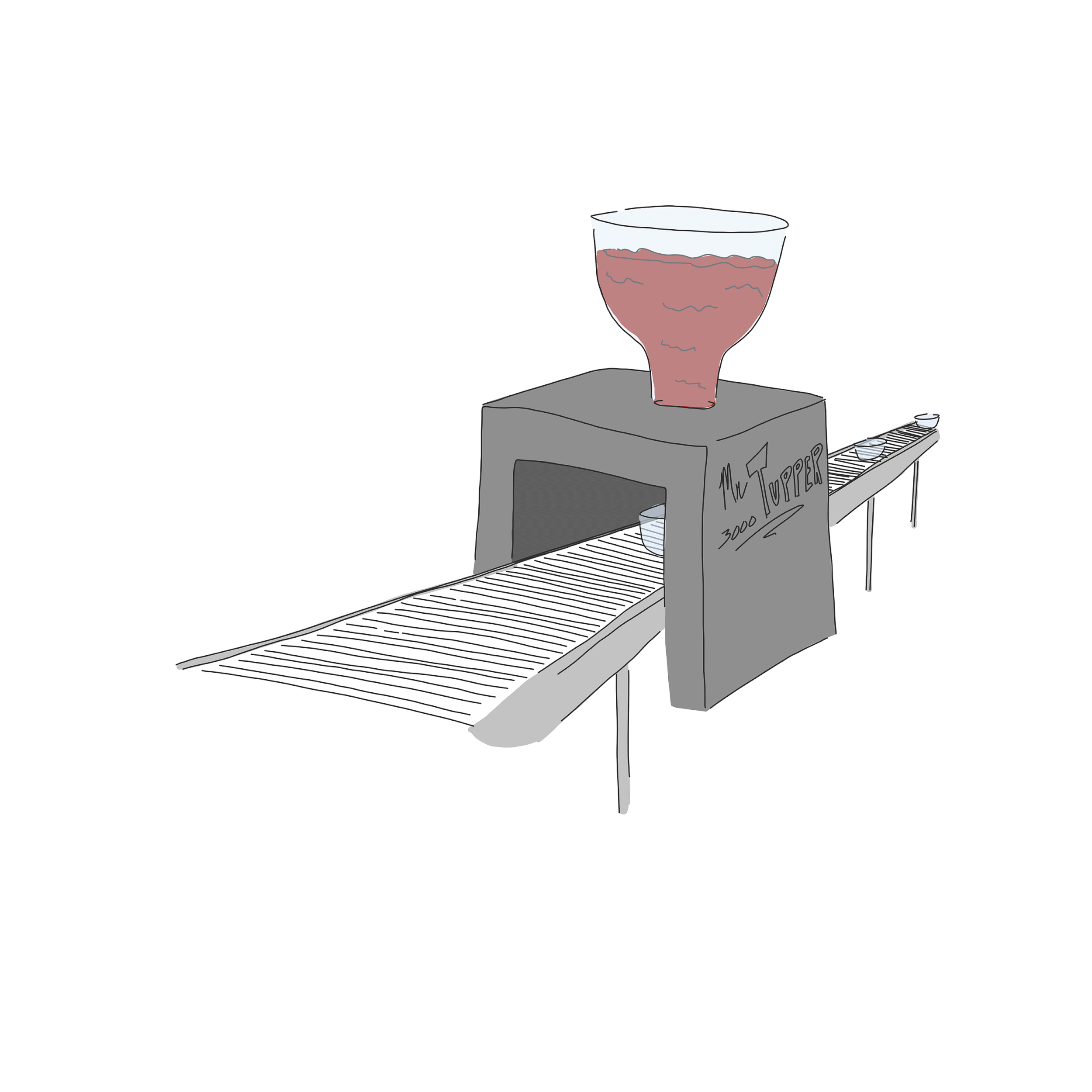Indicator Lights
The sage poet Sean Paul once said, “Just gimme da light.”
I couldn’t have said it better myself. But, in rare cases, I do have to disagree with Mr. Paul.
In my experience, lights are useful, and most non-Vampiric people I’ve spoken with agree. If you are perusing our site you can likely read at least at a 4th grade level and are likely familiar with a variety of lights. So, for now, I’ll skip an exhaustive list of what situations call for lights.
I would like to discuss, more specifically, when lights are used in a binary fashion to communicate messages to persons close enough to visualize them. On or off. Yes or no. Stop or go.
What’s the sitch?
Indicator lights are used to soundlessly communicate to groups of people. The original, the OG, the mother of all lights, the one that indoctrinated us into the system, is called the Sun. When it is on, we have the signal to be awake, when it is off, that’s our cue to try and fall asleep. We don’t have to think too hard about it or have it explained; the entire message is communicated with light.
A complex, modern example is a traffic light. These high-tech metallic trees utilize different wavelengths of light to communicate different messages. We recognize the long wavelength red as a signal to stop while the shorter wavelength green is the exciting signal to move forward with our travels. This light-based signaling tool requires some socialization to understand but once a certain threshold of the driving population has learned, these lights can be helpful in preventing traffic accidents.
You may be thinking of other examples in your daily life. Say them out loud to yourself now. That's right! An electric tea kettle is a good example; the light turns off when the water boils. Oh yes, that is another good example. Well done.
Airplanes have lots of lights, many of which are used in communication. The pilots flip all sorts of switches to make their job look complicated and many of those switches have indicator lights reminding the users whether the switches are in the on or off position. There are also indicator lights on the wing tips that can cut through darkness or cloud cover to signal to other pilots flipping switches in other winged vehicles. I imagine these wing lights are communicating, “This is a separate airplane! Don’t come into direct physical contact with us!” That’s what I imagine at least.
There are other indicator lights in the cabins of airplanes for communicating instructions to the commercial travelers. Most famously there are the seatbelt and no smoking lights. These classic symbols can easily be conjured to the mind’s eye as they are relatively standard in appearance and location on most large airplanes. These are the indicator lights I take issue with. This is an example of when I disagree with Sean Paul.
Indicator lights are for communicating and their utility lies in being able to toggle between on and off, signaling at least two different messages. The cabin airplane lights fall short of this requirement. They are vestiges of an earlier time, a time before we knew that cigarettes are literally the worst thing you could do for your health on a daily basis. Perhaps in the ‘60s, when Don Draper was in seat 8C (he loved an aisle seat), there were times when the cigarette light was on and times when it was off, communicating when passengers were allowed to touch tip to flame, overpower their cough reflex, and take a cool drag on that chemical’d tobacco roll. Maybe the light was useful then.
But we are nearly two decades into the new millennium. I’m not even going to look this up, but we haven’t been allowed to smoke cigarettes on airplanes for... 30 years? So now they just leave the light on at all times. That is no longer an indicator light. That’s a sign. It doesn’t need to be lit from behind, it can just be posted, using paper or plastic or some other sign material. Furthermore, we all know we can’t smoke on airplanes. We all know. We also know we can’t stab on airplanes, we can’t poop (except for in designated rooms) on airplanes, we can’t tickle the pilot on airplanes. None of these rules need indicator lights because there are never situations where they do not apply. The theoretical light would never be turned off. Smoking on airplanes officially falls into this category.
The seatbelt light is also unnecessary; for example, there are no signs or lights referencing tray-tables or seat-backs. We all get it and, for the stubborn among us, flight attendants even give reminders overhead. The seatbelt instructions could easily be subsumed into the tray-table and seat-back system; buckle seatbelts during takeoff and landing and during the rest of the flight it’s up to us. If there’s some turbulence I’m sure we’ll all figure it out. Another expendable light.
Maybe you are wondering, “Why, NJ, are you choosing this hill to die on? Why is this relevant to my life? Those lights don’t bother me.”
I would respond, do rising sea levels bother you? Does mass extinction bother you? Does desertification and deforestation bother you? You uncaring scum.
Based on FAA numbers for average airline passengers in the US per day, and the average length of a US flight, and the average watts required for the small bulbs likely used on the airplanes, we use roughly 5.4 million watt hours of energy each day, or 5.4 megawatt hours, for useless lights! (See the math in our footnotes if you want).
I found varying numbers online, but ballpark figures suggest the average American home uses about 10 megawatt hours per year… so every two days, we could cover the yearly energy needed for one of our homes. Instead we get taunted by false airplane signals. Furthermore, I suspect this energy usage has an outsized negative impact on the environment compared with a similar volume of megawatt hours used on the ground as these bulbs are kept illuminated by airplane fuel, rather than a cleaner source of energy. You selfish dunce. You inconsiderate nit.
These wholly unnecessary lights are blinding reminders that, no one has thought these things through. We are stumbling out of an era of plenty, of excess, of leaving the lights on during our cross country jet travel. What else hasn’t been thought through? What other superfluous signals surround us, mocking our efforts? This is more than just a seatbelt signal; this is the difference between long-term survival and annihilation.
How do you feel now? Maybe you feel like you should care more about this issue? The weight of our ignorance these days could sink a fucking ocean liner.
Or maybe you need this translated? Maybe the only language you understand is DOLLARS and CENTS, maybe your sole focus is the BOTTOM LINE, maybe the only God you prostrate yourself before is the NASDAQ. Well then consider, for a moment, all of the money these zaftig capitalists could save on fuel if they just shut the damn lights off. That’s cold cash directly into their deep, bursting pockets. I’m sure they’ll find some more space in the mattress for the few extra dollars milked, lord-knows they won’t pass on the savings to the lowly laborer trying to fly home for the holidays. Or to the humble writer who suggested it in the first place (though, in all seriousness, if you consider passing some of those savings down, please email us at ourteamofmonkeys@whatsthesitch.com).
I promised myself I wouldn’t get angry when I sat down to write about the indicator lights on airplanes. This is exactly what my therapist told me to avoid! I just get so worked up. Mostly I want to communicate that, airlines, you don’t have to use a little light to tell me when to wear my seatbelt.
~ NJ
(a) How many flights are there within the US everyday? The FAA.gov website reports providing air traffic services for about 44,000 flights per day. They say this represents 2.7 million passengers, or an average of about 60 people per flight. For our purposes let’s assume the lights are only on for seats with passengers. Multiply 2.7 million passengers by two indicator lights per seat. Conservatively, let’s assume these planes average approximately two hours of flight time (a little less than half of a cross-country flight). These are tiny bulbs, akin to “zero watt bulbs,” seen on appliances that stay on 24/7. These bulbs were named because old electromagnetic meters could not accurately measure their power consumption, but in reality they consume ~10-20 watts per day. For simplicity of math’s sake, lets say each bulb uses 12 watts per 24 hours, or 0.5 watts per hour, or an average of 1 watt hour (the units used by electrical companies to include time) per light per average American flight. Multiply this by two lights, by 2.7 million passengers… That’s 5.4 million watt hours of energy each day, or 5.4 megawatt hours, for useless lights!


